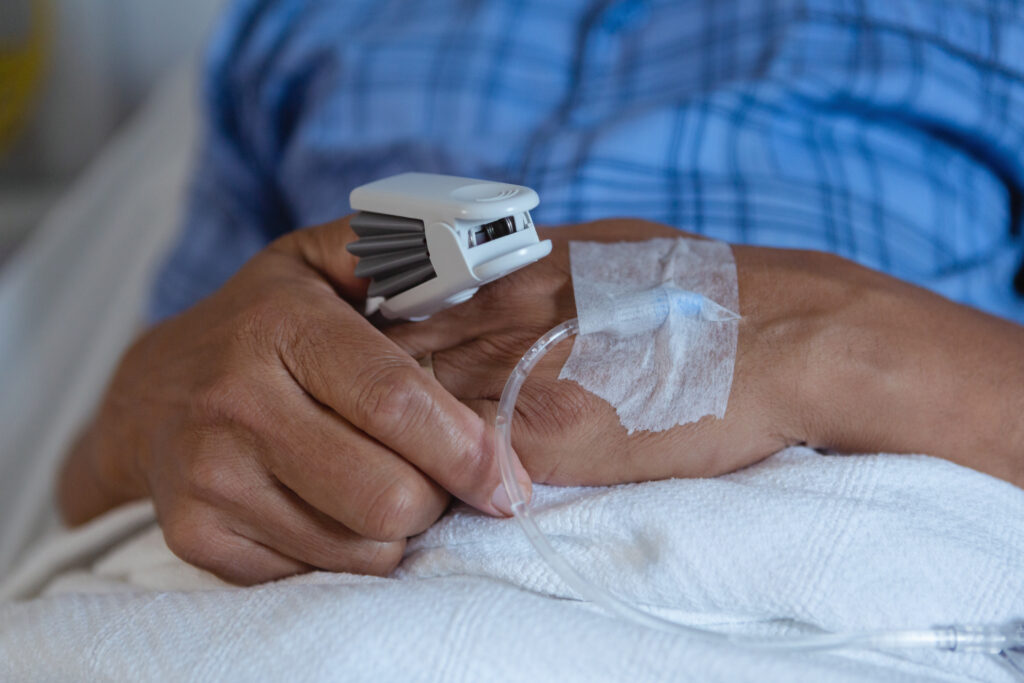COVID-19 is no longer considered to be a public health emergency (PHE) in the United States, and change is on the horizon in the public health sphere. Many OCDD exceptions were implemented to help people during the worst of the pandemic, but as we transition out of the PHE, some of these exceptions will be changing or going away entirely.
To prepare, OCDD service recipients must learn all they can about the changing OCDD requirements and benefits. That’s what we’ll help with in this article.
When Does the PHE Declaration End?
For those who aren’t aware, the Federal Public Health Emergency (PHE) declaration date was May 11, 2023. So, as of the time of this writing, the declaration has already ended. But that doesn’t mean that all service exceptions ended on that day. Changes to state health coverage, benefits, and exceptions take time (more on that later).
The End of COVID PHE and OCDD Benefits and Waivers
During COVID-19, the OCDD allowed Appendix K exceptions, a unique set of provisions to be used in an emergency to ensure the public’s safety.
There were also exceptions made through the Social Security Act Section 1135, and these emergency exceptions pertained to specific eligibility requirements for the following programs:
- Medicare
- Louisiana Medicaid
- Children’s Health Insurance Program (CHIP)
Now that COVID is not a public health emergency, people who were covered under exceptions like those listed above could lose their assistance. They may also be blindsided by new requirements.
The Appendix K exceptions will end six months after May 11, 2023, and the Social Security Act Section 1135 exceptions will have ended on May 11, 2023 – the same day the PHE ended.
OCDD Waiver Requirements After the End of COVID PHE
The Social Security Act Section 1135 exceptions have already ended, but the Appendix K exceptions are still in place, many of which are soon to be changed. Below, we’ll get into some of the specific OCDD waiver services and requirements we’ll see changing shortly:
- Direct support workers who lived in the same home as the waiver participant will no longer be able to live there six months after the end of COVID PHE. The only exception is if the support worker is a family member.
- Family members who acted as paid direct support workers (DSWs) to waiver recipients during the PHE will still be able to be paid DSWs. But they will have to abide by additional guidelines six months after PHE. See slides 8-10 of this LDH resource for more information.
- Hard signatures will be required on your Plan of Care documents six months after PHE.
- Sharing direct support workers across waivers will not be as freely allowed. Waiver recipients can share direct support workers across no more than two waivers. And they must be from either the Residential Options Waiver (ROW), New Opportunities Waiver (NOW), or Children’s Choice Waiver (CCW). This change becomes active six months post-PHE.
- The Monitored In-Home Caregiving Service (MIHC) wasn’t initially available, but it was added as a service in the NOW and ROW waivers during the emergency. This will remain the same after COVID PHE.
*This is not an exhaustive list of changes. To learn more about OCDD post-PHE, read this resource from the LDH.
So, there you have it – the OCDD’s waivers and requirements will change on November 11, 2023. That will be the 6-month mark referenced in the previous section. We hope you found the information you were looking for, and we wish you the best as these changes take effect.


